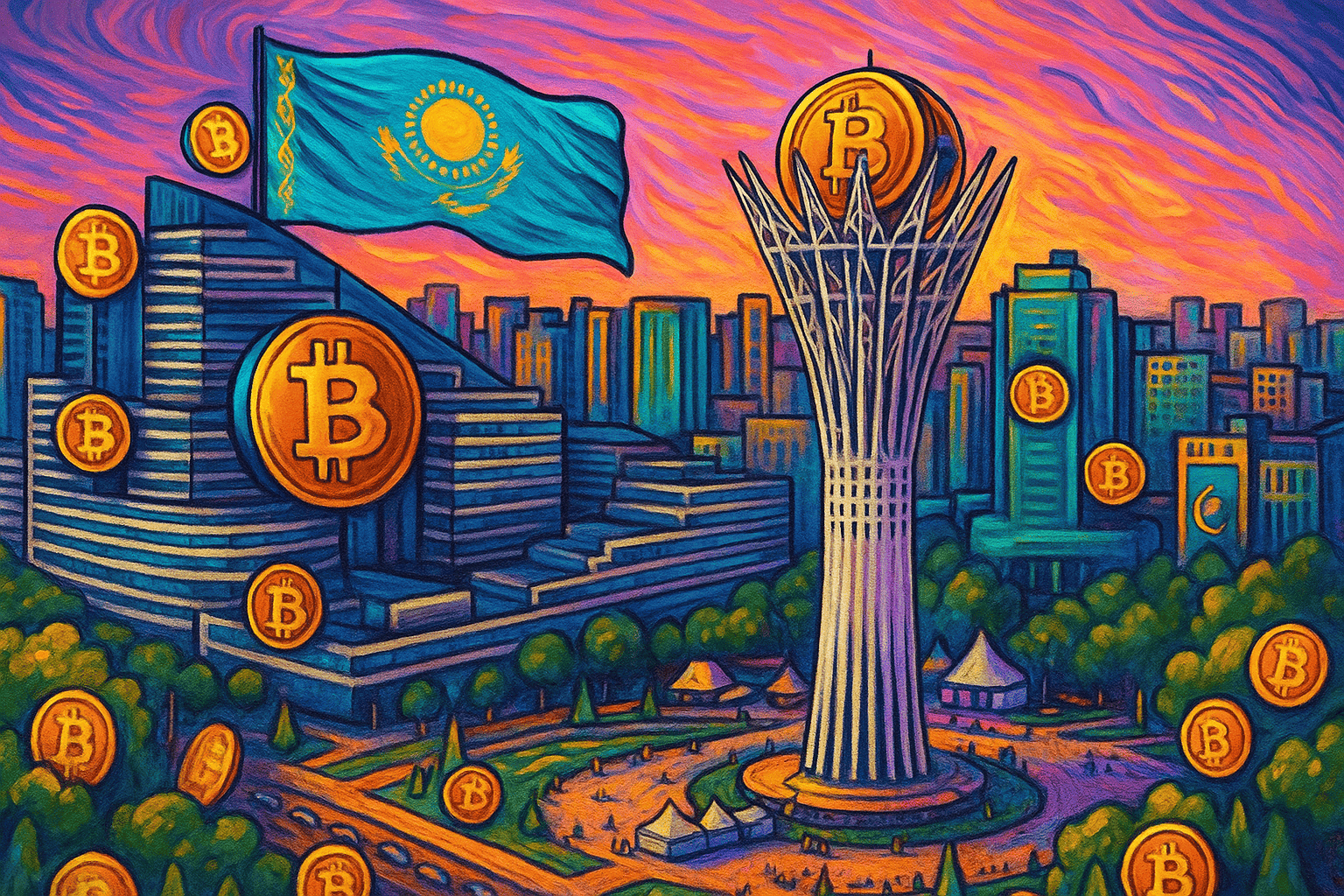Popular cryptos
Chromia
Download app Ironwallet and get tool for making transaction without network fee
About Chromia
Chromia is an open source blockchain platform designed to make decentralized applications more accessible and usable for enterprises and large organizations. With a focus on sustainability, scalability and security, Chromia aims to enable real-world adoption of blockchain technology.
Origins and History of Chromia
Chromia was launched in 2018 by the Stockholm-based company ChromaWay. ChromaWay had already developed private blockchain solutions for land registries, central banks and other enterprises since 2014. By creating Chromia as an open, public blockchain, the goal was to allow anyone to build decentralized apps in a fast, secure and sustainable manner.
The Chromia platform is built on a fork of the Ethereum codebase, but with architectural improvements including a relational database model and sharding to enhance scalability. This allows Chromia to potentially process thousands of transactions per second.
Features and Capabilities of Chromia
Some key features that set Chromia apart include:
- High speeds and scalability through sharding and a relational database structure
- Support for PostgresSQL enabling complex data structures and faster queries
- Use of Byzantine Fault Tolerance consensus that is energy efficient
- A governance system that ensures sustainability and decentralized control
- Security through cryptographic authentication and layered architecture
Chromia makes it easy for developers to build real-world blockchain applications with features like user accounts, role-based access control, document certification, and tokenized asset management.
Chromia’s Consensus Mechanism
To achieve fast and secure consensus, Chromia uses a Byzantine Fault Tolerance (BFT) approach rather than the energy-intensive proof-of-work used by Bitcoin and Ethereum.
With BFT, consensus is reached through a voting mechanism between a set of validator nodes. As long as more than two-thirds of validators are honest, consensus will be achieved without risk of forks.
Transactions on Chromia take just 2-4 seconds to finalize with negligible energy usage. This allows the network to potentially process thousands of transactions per second.
Applications Built on Chromia
Several decentralized applications across finance, supply chain, enterprise systems, IoT networks and more are being built on Chromia.
Minespider is using Chromia to track ethical provenance of metals and minerals through supply chains. Arena is creating a decentralized marketplace for gaming assets and collectibles. Green Assets Wallet tokenizes sustainability assets and bonds.
Chromia Team
Chromia was founded by Henrik Hjelte, who serves as the CEO. Hjelte was previously the CTO at ChromaWay where he spearheaded the development of private blockchain solutions for enterprises since 2014.
Co-founder Or Perelman is the COO of Chromia. Perelman has over 20 years of experience in software development and management.
Other key team members include:
- Alex Mizrahi – Co-Founder & CTO
- Viktor Krpan – Technical Director
- Martin Holst Swende – Senior Blockchain Researcher
- Tom Stellard – Head of Support
- Nadir Dabit – Senior Developer Relations Engineer
The Chromia team brings deep expertise in blockchain technology, cryptography, databases and enterprise systems. Several team members have backgrounds from major tech firms like Yandex, Volvo, Ericsson and Luxoft.
With a solid technical foundation and experience delivering enterprise blockchain projects, the Chromia team is well-equipped to make decentralized applications usable and scalable for real-world needs. The project has attracted advisors like Alex Tapscott of the Blockchain Research Institute to help guide strategy.
As Chromia matures, the team continues to expand globally to support institutional adoption across sectors like finance, supply chains and healthcare. Strong leadership and a skilled team provides credibility to Chromia’s vision of enabling decentralized applications for the enterprise world.
Chromia Tokenomics
The native token of the Chromia platform is CHR, which is used to pay fees for dapps built on the network. Users stake CHR tokens to run validator nodes and participate in consensus.
The total supply of CHR is capped at 1 billion tokens. CHR is issued at a slow and decreasing rate to validators as rewards. This controlled inflation provides an incentive for participation while avoiding excessive dilution.
Trading and Storing Chromia Tokens
CHR is available for trading on major exchanges like Binance, KuCoin and Bitfinex. It can be stored securely in any ERC-20 compatible wallet like IronWallet, Ledger and Trezor.
Being an ERC-20 token allows CHR to benefit from the broader Ethereum ecosystem. At the same time, building bridges to Ethereum helps improve interoperability.
Future Outlook for Chromia
With strong founding team experience, Chromia is well-positioned to drive enterprise adoption of decentralized apps. Its existing enterprise partners demonstrate real-world applicability across many sectors.
As the platform matures, bringing improvements in scalability, security and sustainability, Chromia could emerge as a leading blockchain for regulated industries with stringent requirements.
Widespread institutional adoption of decentralized finance, supply chains and digital asset management appears closer than ever. In the years ahead, Chromia aims to play a major role in this blockchain transformation.




















